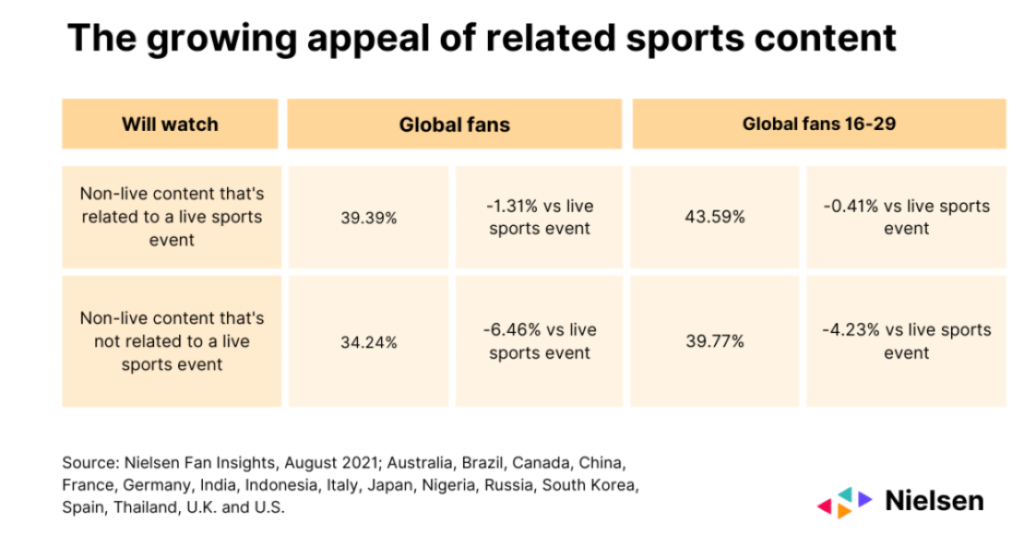Agencies’ reignited AR, VR forays could create new ways to measure consumer engagement
As augmented reality becomes more accessible, agencies are partnering with sports teams and entertainment venues to engage consumers with mixed reality experiences.
And as AR moves from strategies rooted in social media and commerce — such as trying on clothes or using camera filters — to exploring tangental offerings surrounding entertainment and media, it could change the way marketing in this medium is measured, four agency execs told Digiday.
This month, Stagwell continued developing its live AR platform, ARound, by adding new sports teams to its app, which provides content like contests around specific games. Stagwell considers ARound “a new connected marketing medium” that can drive consumer engagement at scale, said ARound CEO Josh Beatty.
“Brands can leverage AR to create interactive experiences that engage fans and offer more touch points throughout a game or event,” said Beatty. Engagement for Kansas City Royals on its app was more than 25 minutes per fan during the game, according to Beatty. This year, ARound will be adding more automation and integration for sports data feeds as it aims to draw in the sports enthusiasts that like stats and real-time information. And Beatty noted AR content works particularly well in engaging the younger audiences and casual sports fans.
Media.Monks partnered with Meta and the NBA on its VR efforts beginning in 2020 with an immersive 180-degree court-side VR experience. In 2021, Media.Monks also worked with artist Post Malone on producing an immersive concert experience. Financial details of the partnerships were not made available.
This year, 52 NBA games were made viewable through Meta’s Oculus headset, and it featured five immersive broadcasts with live commentary from NBA stars and special guests. Eventually, storytelling could go beyond “a single flat surface” with mixed reality content, said Lewis Smithingham, svp of Innovation at Media.Monks, who noted that eventually geospatial technology could serve consumers looking at the same billboard different versions of an AR ad based on their data. “The future is wide open,” Smithingham said.
AR and VR content will also push agencies to move beyond impression metrics, because people will interact with the elements differently than a static page or video. Previously marketers might aim for millions of impressions, Smithingham added, but mixed reality presents a better chance at converting when people can be a part of the content and interact with it. Smithingham did not provide results from the NBA partnership, but the company said its production team observed in conversations with fans over the last couple of seasons that these broadcasts are attracting a wider audience beyond the dedicated basketball fans.
“I think now we’re getting to a place where marketing dollars need to go further,” Smithingham said. “When you have your hands on a controller, you’re interacting when you’re in VR, you’re engaged, you’re present, you’re part of that story. I think that’s going to be what’s really most valuable to brands.”
As more content migrates across different surfaces, Smithingham believes the focus is now on looking at engagement differently — and making people remember the content. People are doing …read more
Source:: Digiday





